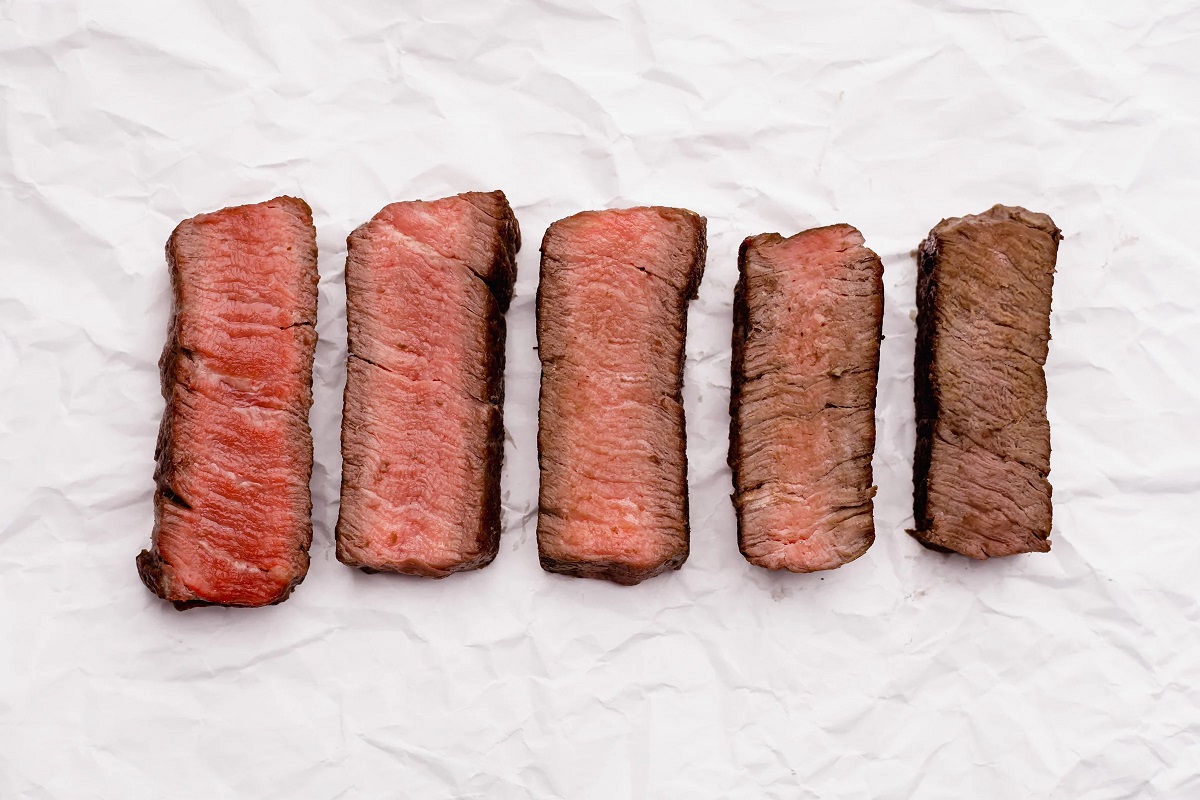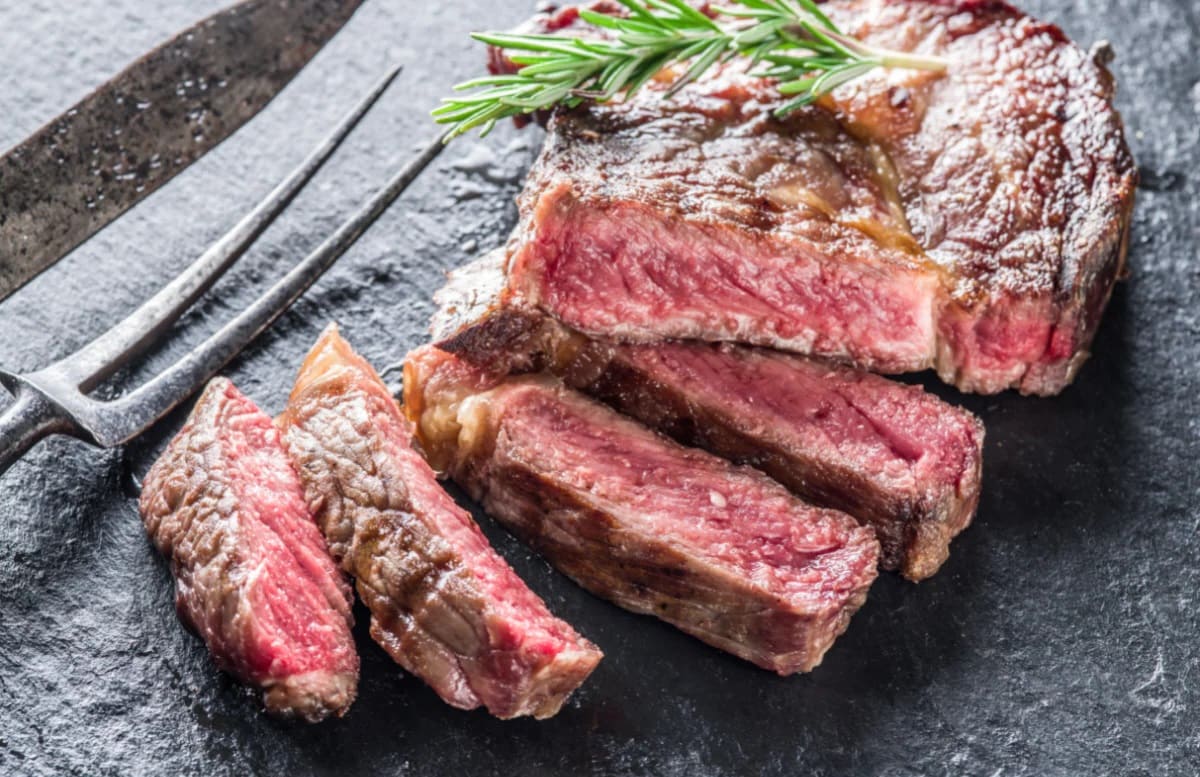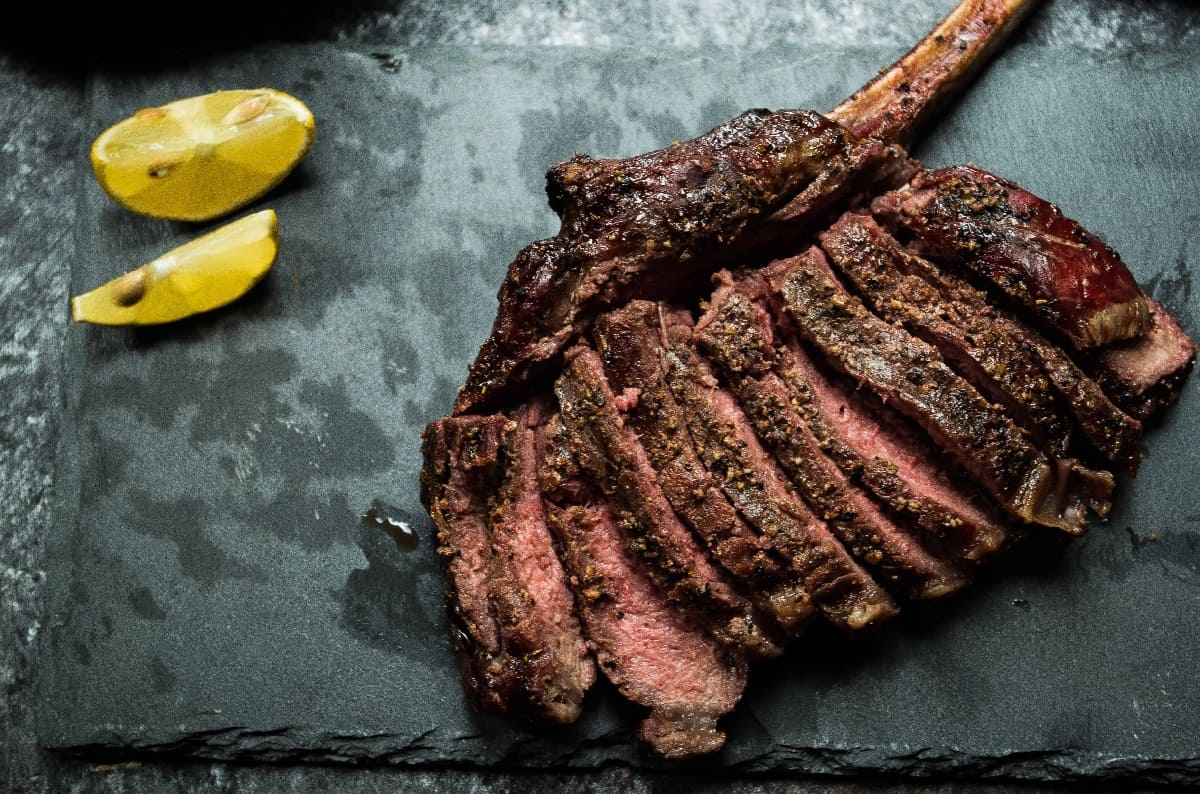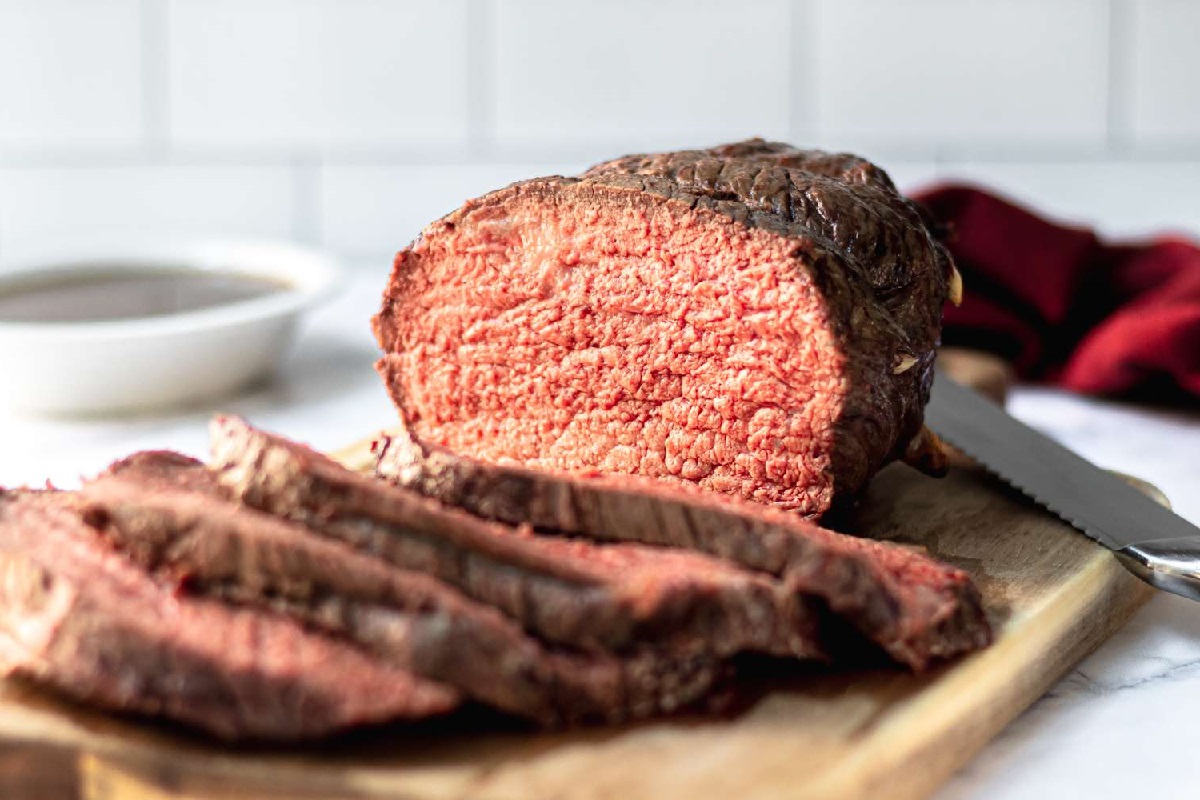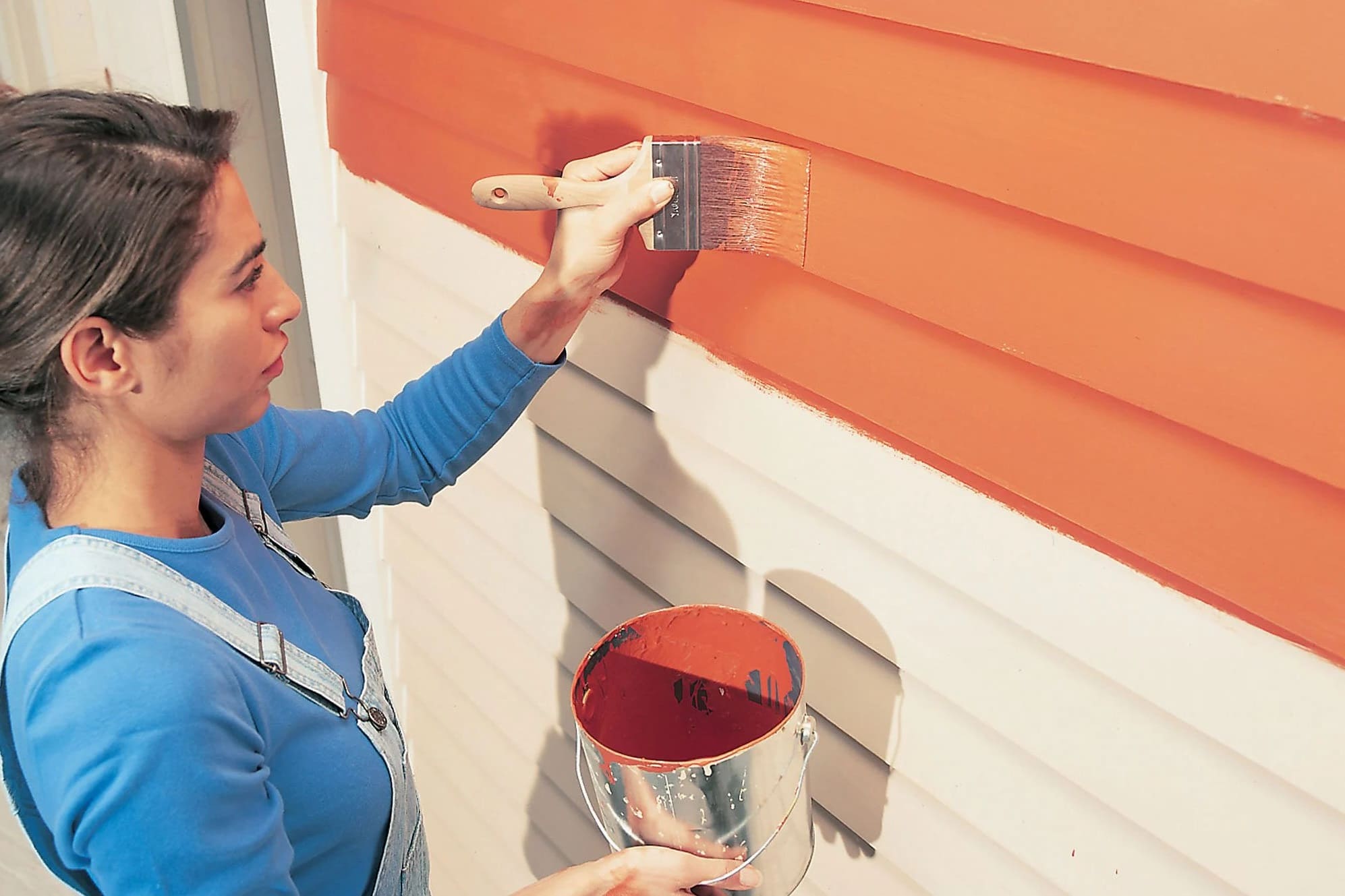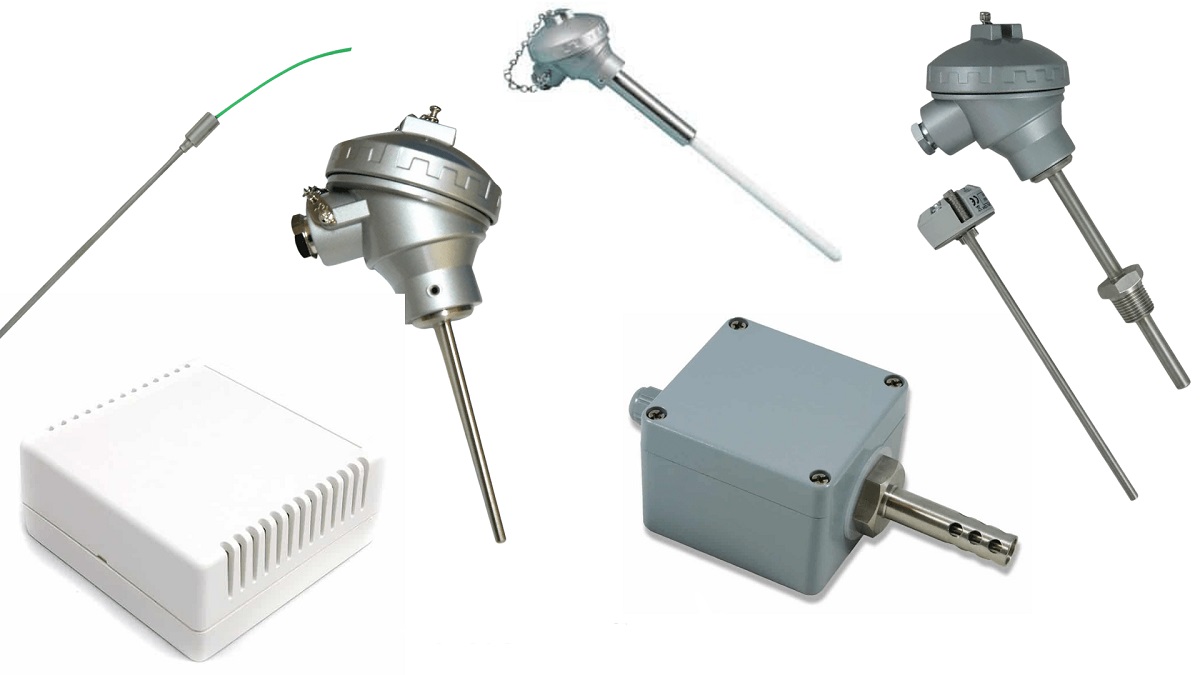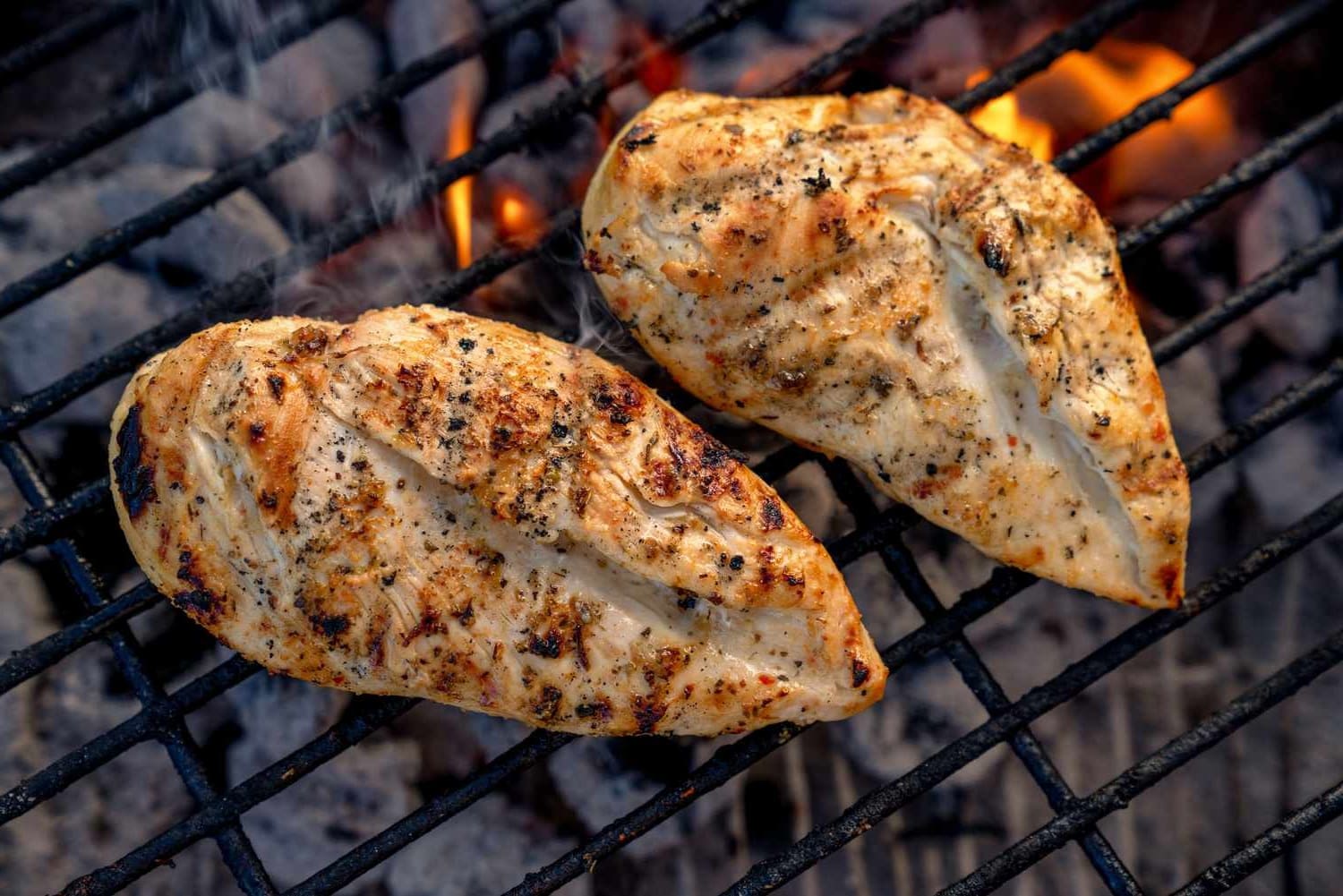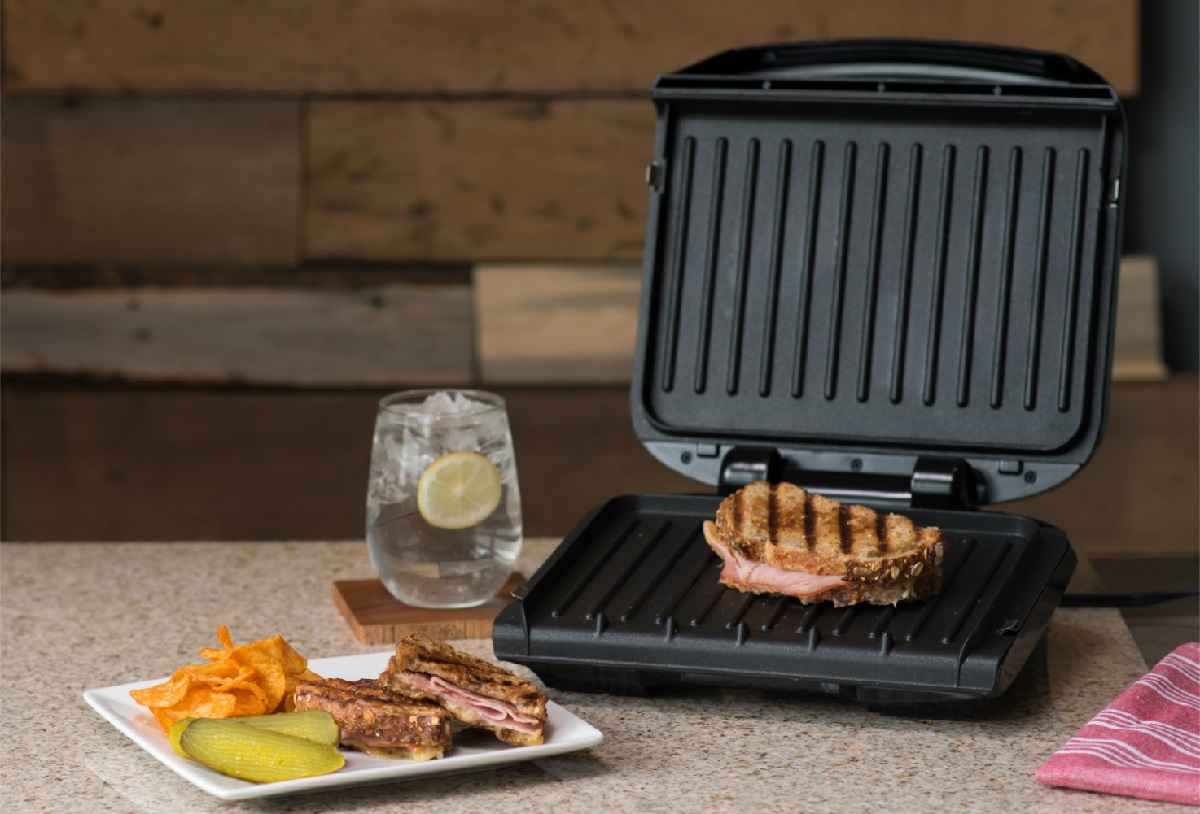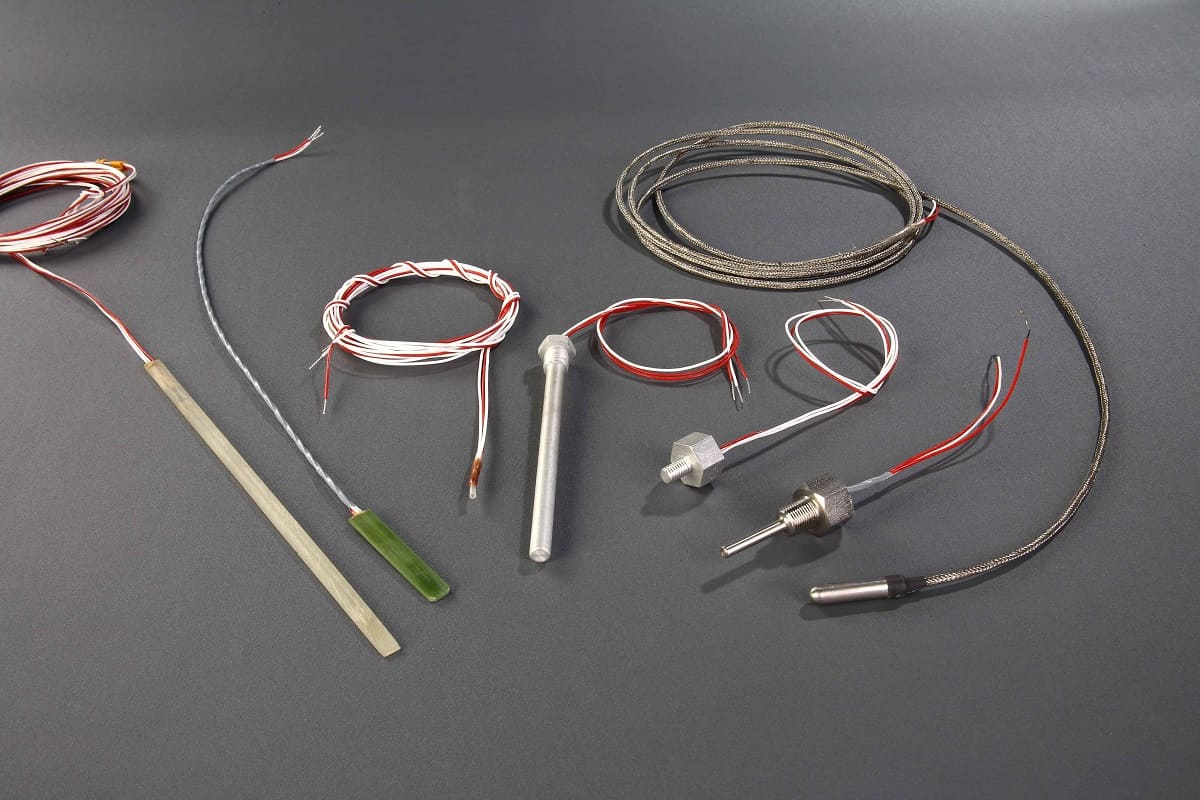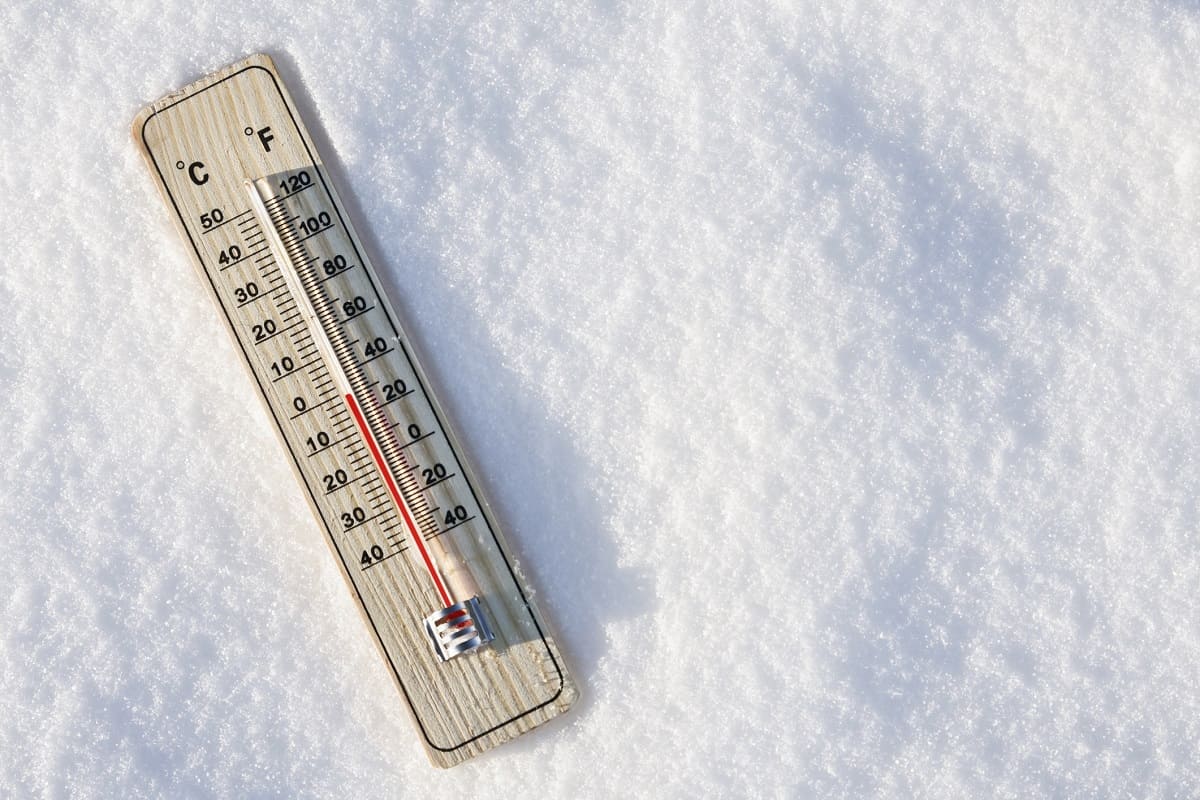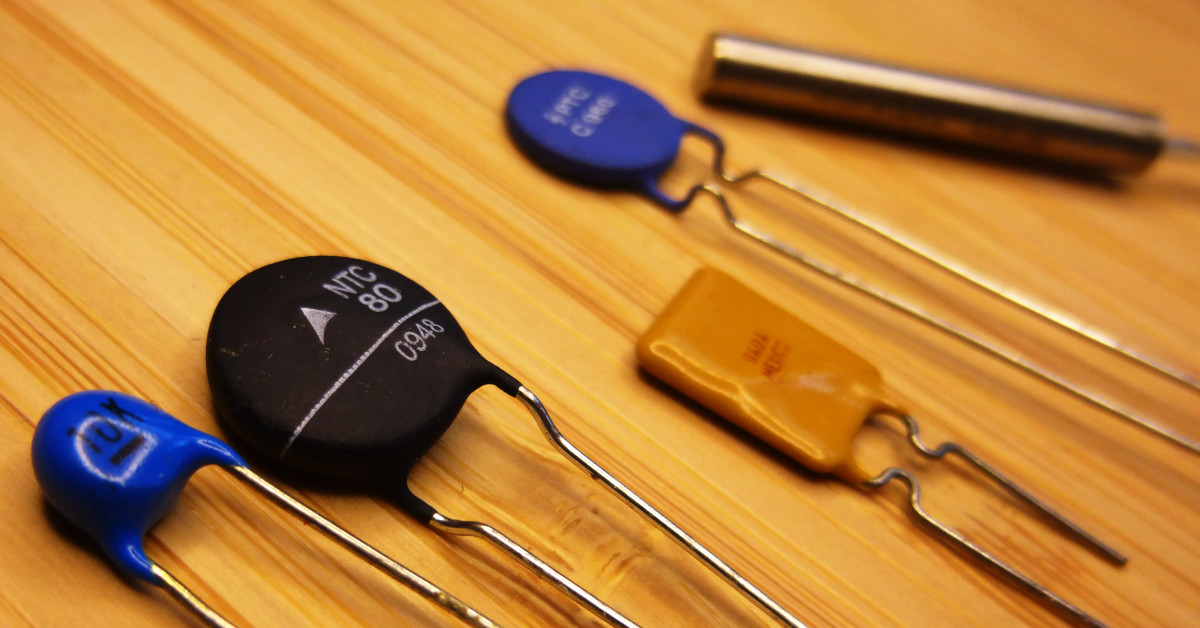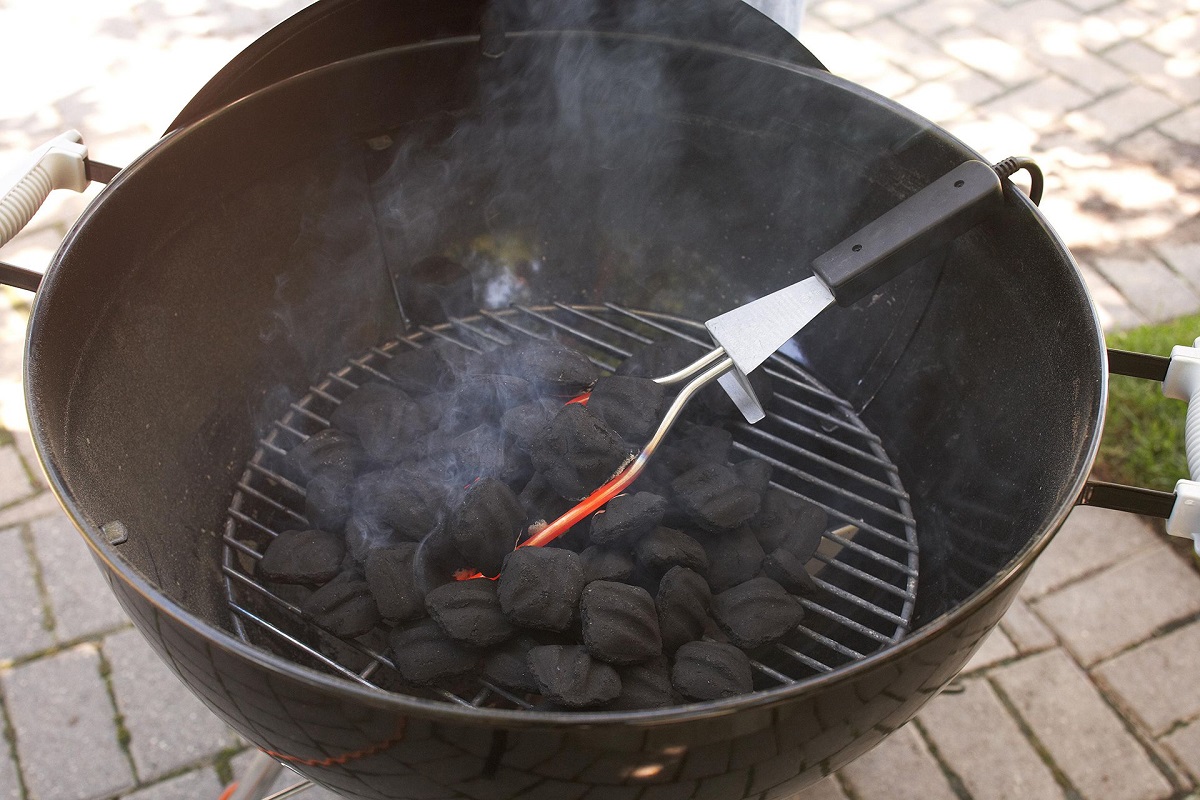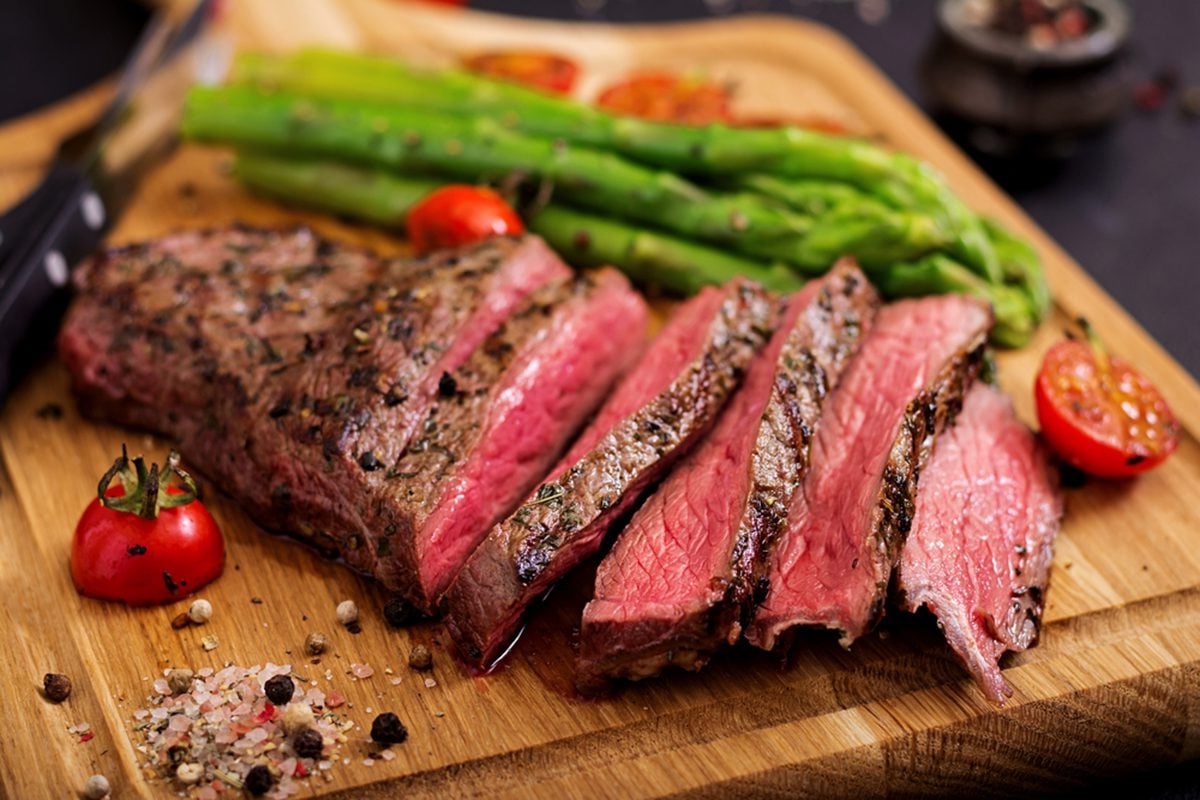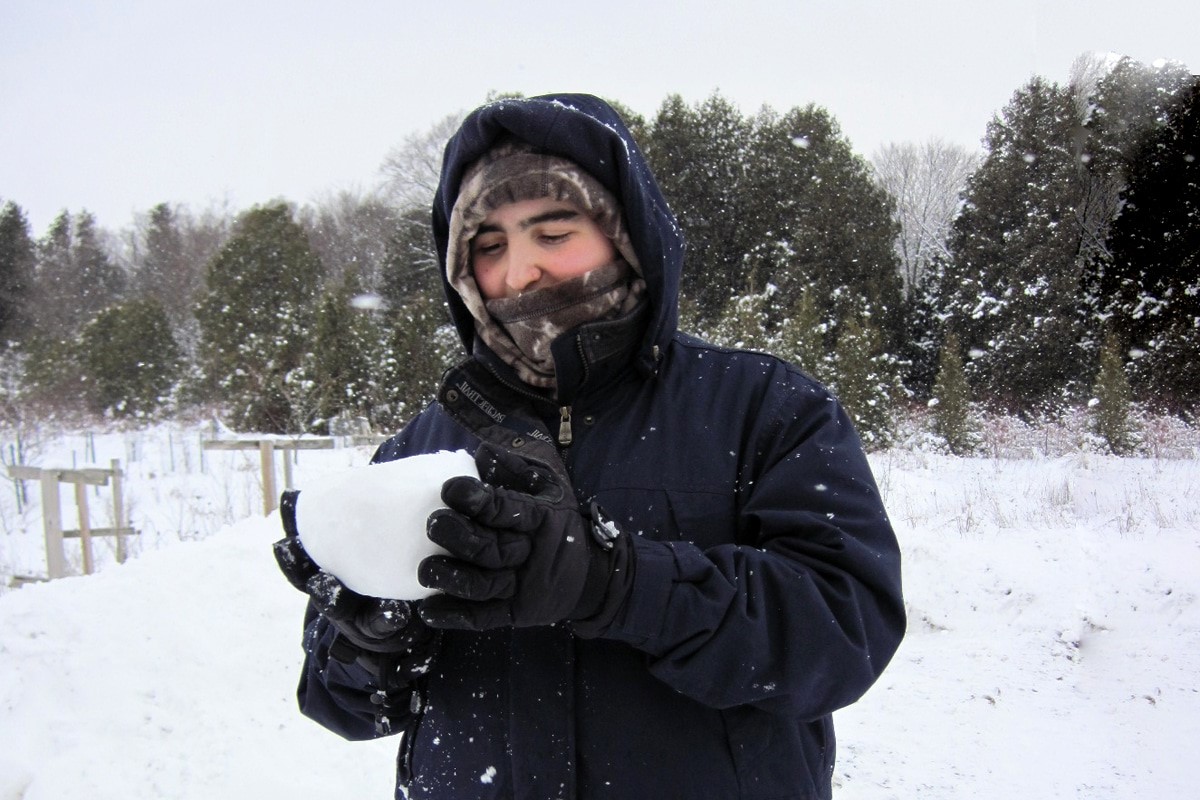Home>Culinary & Beverages>The Best Temperature For Grilling Steak
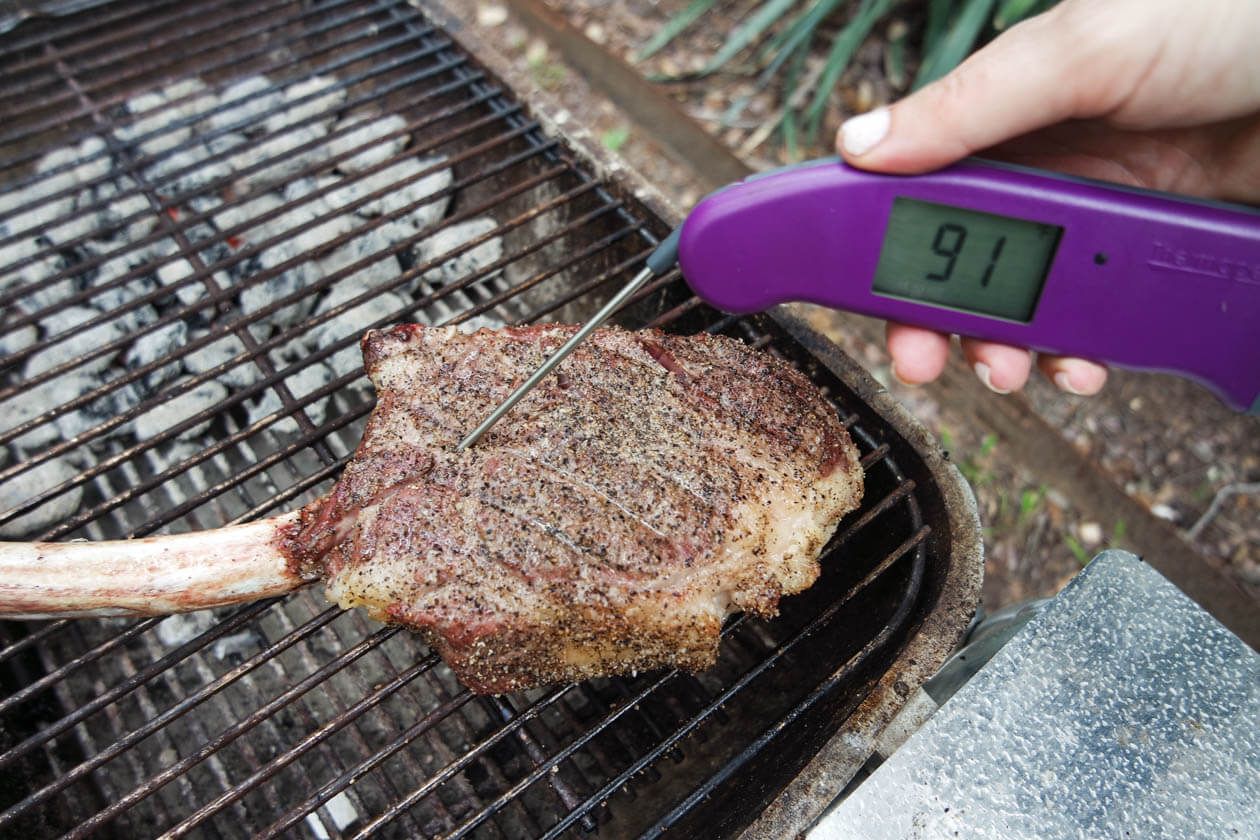

Culinary & Beverages
The Best Temperature For Grilling Steak
Published: February 21, 2024
Discover the ideal temperature for grilling steak to perfection with expert tips from the culinary and beverages industry. Master the art of grilling with precision.
(Many of the links in this article redirect to a specific reviewed product. Your purchase of these products through affiliate links helps to generate commission for Temperatures.com, at no extra cost. Learn more)
Table of Contents
Factors Affecting Steak Grilling Temperature
The art of grilling the perfect steak hinges on a delicate balance of factors, with temperature playing a pivotal role in determining the outcome. Several key elements come into play when considering the ideal grilling temperature for steak.
-
Cut and Thickness of the Steak: Different cuts of steak vary in thickness and composition, which directly impacts the grilling temperature. For instance, a tenderloin steak, known for its tenderness, benefits from high-heat grilling to achieve a delectable sear on the outside while maintaining a juicy interior. Conversely, a thicker cut like a ribeye requires a lower grilling temperature to ensure that the center cooks evenly without charring the exterior.
-
Fat Content and Marbling: The fat content and marbling within the steak influence the grilling temperature needed to achieve optimal flavor and texture. A well-marbled steak, such as a ribeye or a New York strip, can withstand higher grilling temperatures due to the fat acting as a natural insulator, preventing the meat from drying out during the cooking process. Leaner cuts, like sirloin, benefit from a lower grilling temperature to prevent excessive charring and maintain moisture.
-
Desired Doneness: Personal preference regarding the level of doneness also dictates the appropriate grilling temperature. For those who prefer a rare or medium-rare steak, a higher grilling temperature is suitable to quickly sear the exterior while leaving the interior succulent and pink. Conversely, achieving a well-done steak necessitates a lower grilling temperature to ensure thorough cooking without burning the outer layers.
-
Grill Type and Heat Source: The type of grill and heat source utilized significantly impacts the grilling temperature. Gas grills offer precise temperature control, allowing for consistent heat distribution across the grilling surface. In contrast, charcoal grills require careful monitoring and adjustment of the coals to maintain the desired temperature, making it essential to factor in these variables when determining the ideal grilling temperature for steak.
Understanding these critical factors is essential for mastering the art of grilling steak to perfection. By considering the cut and thickness of the steak, its fat content and marbling, desired doneness, and the type of grill being used, one can effectively determine the optimal grilling temperature for a mouthwatering steak experience.
Read more: Perfect Grill Time For NY Strip Steak
Recommended Steak Grilling Temperatures for Different Cuts
When it comes to grilling steak, achieving the perfect level of doneness while preserving the meat's succulence is a culinary art form. The recommended grilling temperatures for different cuts of steak play a crucial role in ensuring that each variety is cooked to perfection. Understanding the ideal grilling temperatures for specific cuts empowers grill enthusiasts to elevate their culinary prowess and deliver a delectable dining experience. Here's a comprehensive guide to the recommended grilling temperatures for various steak cuts:
-
Ribeye Steak: Renowned for its rich marbling and robust flavor, a ribeye steak thrives when grilled at a medium-high temperature of around 130-135°F (54-57°C) for a medium-rare doneness. The higher fat content within the ribeye allows it to withstand the elevated heat, resulting in a beautifully seared exterior and a tender, juicy center.
-
Filet Mignon: As a lean and tender cut, filet mignon benefits from a slightly lower grilling temperature of approximately 120-125°F (49-52°C) for a perfect medium-rare finish. The gentle heat preserves the delicate texture of the filet mignon, ensuring a melt-in-your-mouth experience with each savory bite.
-
New York Strip: With its balanced marbling and robust flavor profile, the New York strip steak thrives when grilled at a medium-high temperature of 130-135°F (54-57°C) for a delectable medium-rare result. This temperature range allows the steak to develop a caramelized crust while maintaining its juicy tenderness.
-
T-Bone Steak: A T-bone steak, featuring both the tenderloin and strip loin, benefits from a medium-high grilling temperature of 130-135°F (54-57°C) to achieve a succulent medium-rare doneness. This temperature range ensures that both sections of the steak are cooked to perfection, offering a harmonious blend of flavors and textures.
-
Sirloin Steak: Known for its leaner composition, a sirloin steak is best grilled at a moderate temperature of 125-130°F (52-54°C) for a tender medium-rare finish. This approach prevents excessive charring while allowing the steak to retain its natural juiciness and flavor.
-
Flank Steak: As a lean and flavorful cut, a flank steak benefits from a slightly higher grilling temperature of 130-135°F (54-57°C) for a medium-rare to medium doneness. This temperature range enables the steak to develop a desirable charred exterior while preserving its succulent texture.
By adhering to the recommended grilling temperatures tailored to each specific cut, grill enthusiasts can elevate their culinary expertise and deliver an exceptional dining experience. Mastering the art of grilling steak at the optimal temperatures ensures that each cut is imbued with tantalizing flavors and succulence, captivating the palates of discerning steak aficionados.
Tips for Achieving the Best Results at Different Temperatures
Grilling steak to perfection involves a nuanced understanding of the interplay between temperature and technique. Whether aiming for a succulent medium-rare ribeye or a tender medium sirloin, implementing the following tips tailored to specific grilling temperatures can elevate the culinary outcome:
High Grilling Temperatures (130-135°F / 54-57°C)
-
Searing for Flavor: When grilling at higher temperatures, such as for ribeye or New York strip steaks, a brief sear on each side locks in the juices and imparts a tantalizing caramelized crust. This initial high-heat treatment sets the stage for a mouthwatering sensory experience.
-
Precision Timing: With high grilling temperatures, precision timing is paramount. A minute or two can make the difference between a perfect medium-rare and an overcooked steak. Using a meat thermometer to monitor the internal temperature ensures precise doneness without compromising the steak's juiciness.
Moderate Grilling Temperatures (125-130°F / 52-54°C)
-
Even Heat Distribution: For cuts like sirloin or flank steak, moderate grilling temperatures allow for even heat distribution, preventing excessive charring while ensuring a consistent level of doneness throughout the steak. Positioning the steak on the grill with care and flipping it at the right intervals promotes uniform cooking.
-
Resting Period: After grilling at moderate temperatures, allowing the steak to rest for a few minutes before serving is crucial. This resting period enables the redistribution of juices, resulting in a tender and flavorsome dining experience.
Low Grilling Temperatures (120-125°F / 49-52°C)
-
Slow and Steady Approach: When grilling leaner cuts like filet mignon, a low grilling temperature ensures a gentle and gradual cooking process, preserving the steak's delicate texture and natural flavors. This approach prevents the meat from toughening due to rapid heat exposure.
-
Indirect Heat: Utilizing indirect heat on a gas grill or arranging the coals to one side on a charcoal grill helps achieve the desired low grilling temperature. This method minimizes the risk of overcooking and allows for precise control over the cooking process.
By tailoring grilling techniques to specific temperature ranges, enthusiasts can unlock the full potential of each steak cut, resulting in a symphony of flavors and textures that captivate the senses. Embracing these tips fosters a deeper appreciation for the art of grilling steak, empowering individuals to craft exceptional culinary experiences with every sizzle and sear.
